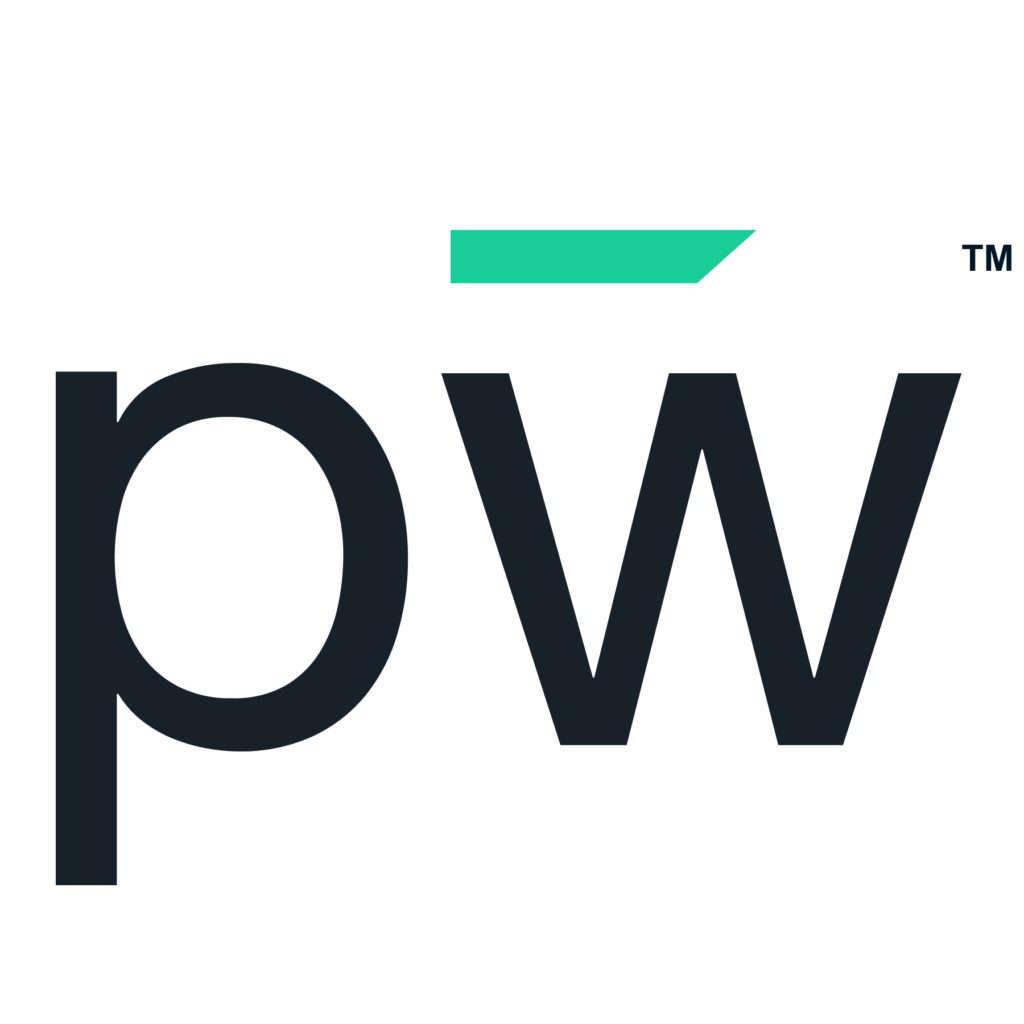As the new year approaches, educators face the possibility of shifts in federal leadership and the policies that’ll likely come with it. These changes could end up influencing everything from funding to how schools address the growing teacher shortage. While the specifics of future policies remain uncertain, understanding the potential impact on educators and students can help schools prepare for what lies ahead.
Dealing With a Shortage of Teachers
One of the most pressing issues in education will be the ongoing teacher shortage, which was exacerbated by challenges during the pandemic and growing demands on educators. Federal leadership changes could lead to new initiatives aimed at recruiting and retaining teachers. For example, increased federal funding might allow for higher salaries, improved benefits or expanded professional development opportunities - all factors that can make teaching more attractive. Conversely, a cut to funding or elimination of federal departments could create funding gaps or put more emphasis on state and local governments addressing the issues within their own school districts.
Policymakers might also prioritize alternative pathways to teaching, such as accelerated certification programs or incentives for mid-career professionals to enter the classroom, which can benefit CTE programs for some schools. While these programs can help address staffing shortages, schools and districts will need to be flexible and adapt quickly to onboard new educators and support their transition into teaching roles.
The Impact of Education on the Workforce
Get Ready for New Policy Changes Impacting Educators and Students
Federal leadership shifts often bring changes to education policy, impacting everything from curriculum standards to testing requirements. For educators, these changes can mean revising lesson plans, adjusting teaching strategies or implementing new programs based on federal guidance. While navigating these shifts is another burden on teachers, they also present opportunities to align best teaching practices with current research and changing workforce needs.
Students, too, can be affected by policy changes, particularly if they involve funding for career and technical education (CTE), after-school programs or technology in the classroom. Increased investment in these areas could help students gain the skills they need for the future workforce. On the other hand, policy changes that reduce funding or alter priorities might force schools to make tough decisions about which programs to cut or scale back.
Preparing for the Future with Adaptability and Skills-Based Approaches
One of the best ways for educators to prepare for changes in federal leadership is to focus on adaptable teaching strategies and skills-based learning. By emphasizing skills development, schools can ensure students are prepared for a variety of career paths, regardless of shifts in policy. This approach also helps educators meet workforce demands, which are often a priority for federal initiatives.
Additionally, staying aware and informed about any potential policy changes and their implications can help schools plan ahead. Building strong networks with other educators, administrators and industry leaders can provide valuable insights and resources to navigate new challenges. Proactively aligning school priorities with potential federal goals can also position schools for funding opportunities and support as they continue to change going forward.










